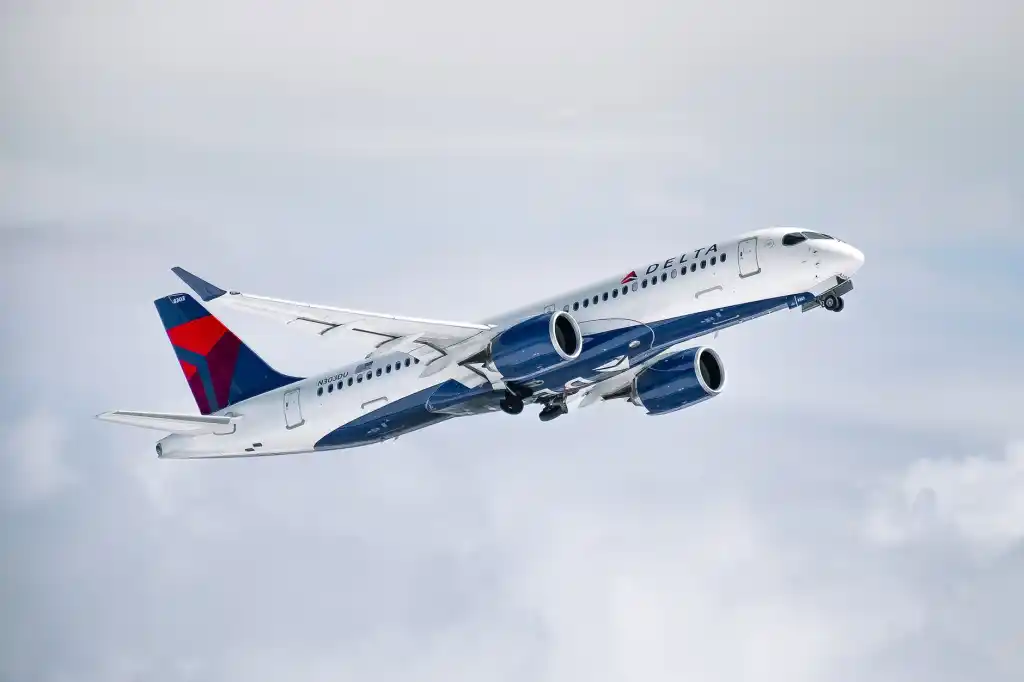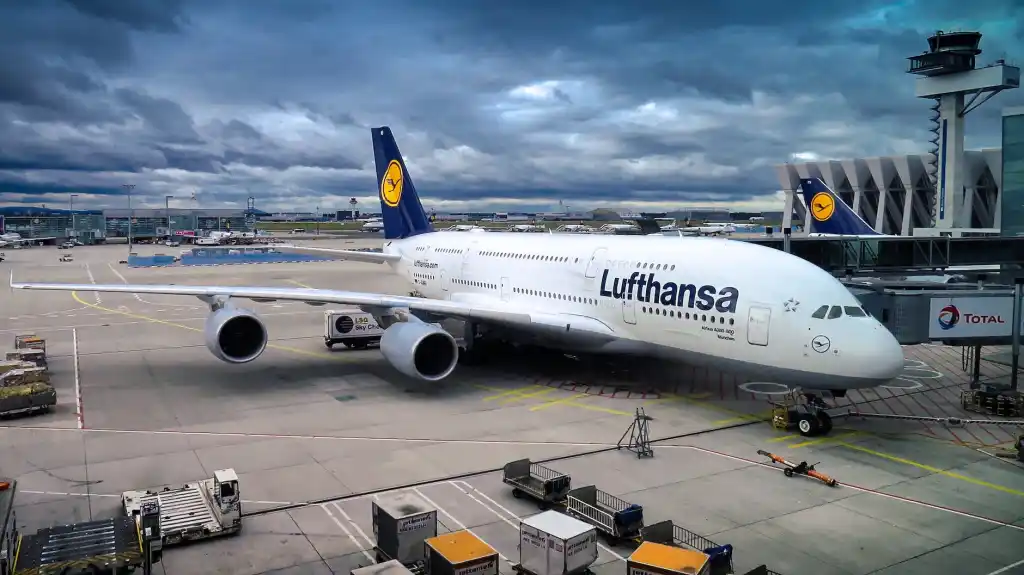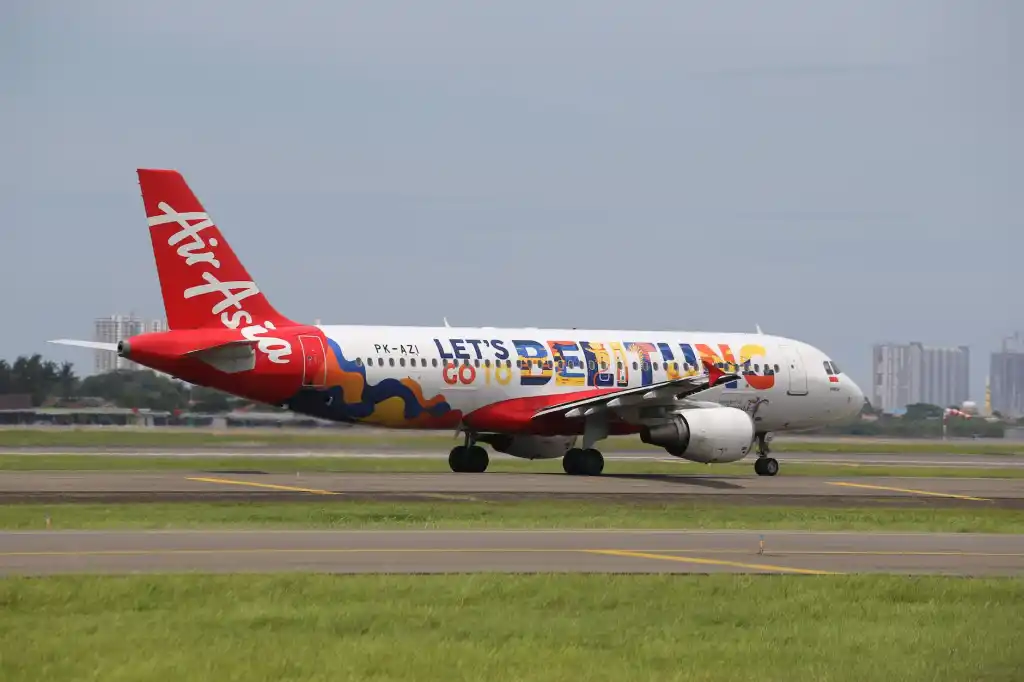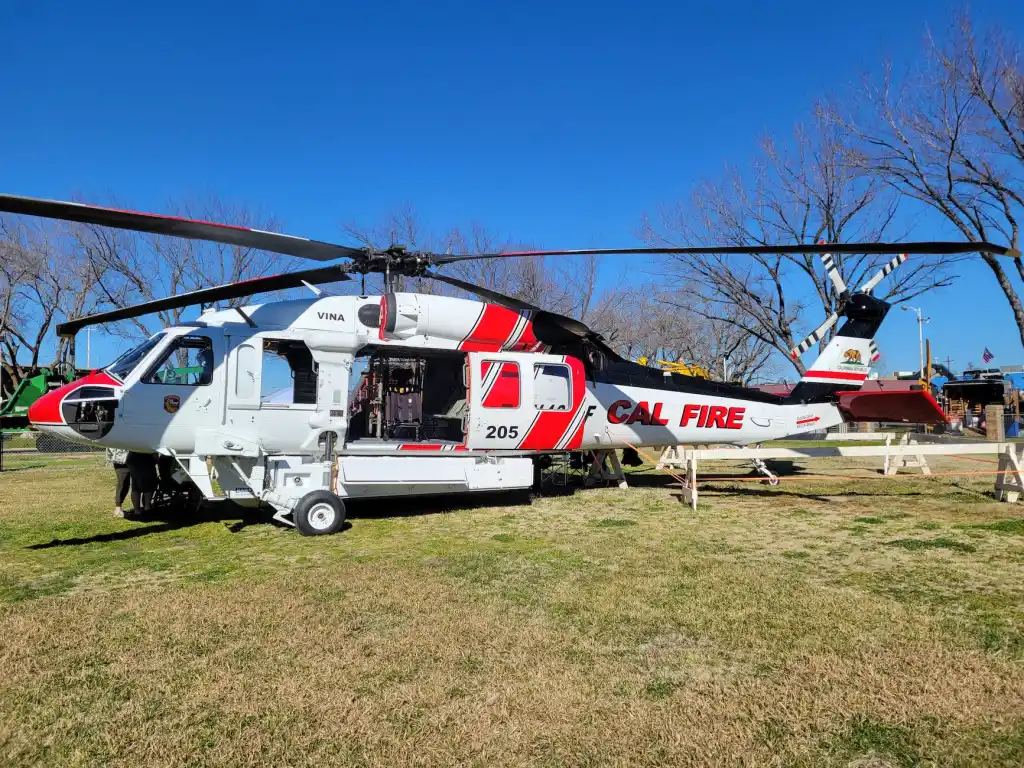Airbus Announces Cabin Enhancements for the A220, Including Airspace XL Bins

Airbus has unveiled a series of cabin updates for its popular A220 aircraft, offering enhanced features and increased passenger comfort. The changes, which bring the A220 into the Airspace cabin concept family, were announced at this year’s Aircraft Interiors Expo (AIX) and are set to be available from 2025. Furthermore, the updates can also be retrofitted to existing A220 aircraft. One of the most notable changes is the introduction of Airspace XL Bins, which provide 20% more capacity while reducing weight. This enhancement, supplied by Diehl Aviation, allows airlines to increase overhead storage capacity by approximately 19 additional passenger bags. The new bins bring the Airspace design language to the A220 cabin, contributing to a harmonized and elevated passenger experience. Alongside the XL Bins, Airbus will integrate a redesigned and improved passenger service unit (PSU) provided by Astronics, as well as an enhanced ceiling that further showcases the Airspace design language. These updates aim to enhance the ambiance, comfort, service, and design elements that have become synonymous with the Airspace concept. Paul Edwards, Head of Advanced Cabin Design at Airbus, expressed his satisfaction with the integration of Airspace features into the A220 cabin. He stated, “Through the introduction of the A220 XL Bins, we have further improved this harmonization by integrating the Airspace design language and bringing us one step closer to the elevated passenger experience that our A350, A330neo, and A320neo customers are already accustomed to.” Additionally, airlines will have the option to include an optional third LED light beneath each XL bin, creating an onboard ambiance aligned with the Airspace concept. Apart from the increased capacity and improved aesthetics, the Airspace XL Bins offer several benefits to airlines. These include increased reliability, reduced maintenance requirements, and a weight reduction of around 300 lbs (136 kg), leading to lower operational costs. The bins also feature a simplified mechanism for opening and closing, resulting in a better passenger experience and faster turnaround times. The A220 program has already gained significant traction, with over 250 aircraft in service and a growing number of operators worldwide. Delta Air Lines, the largest A220 customer, and airBaltic, an all-A220 airline, are among the operators benefiting from the aircraft’s efficiency and passenger appeal. Excitement is also building around rumors of an A220-500 variant, with analysts speculating that Airbus could unveil the new design at the upcoming 2023 Paris Air Show. The stretched -500 model would accommodate up to 170 passengers, further expanding the A220 family’s versatility and market appeal. As Airbus continues to enhance the A220’s capabilities and cabin offerings, the aircraft remains a game-changer in the industry, attracting both airlines and passengers with its exceptional performance and passenger-centric design.
The Airbus A380 Makes a Comeback with Global Airlines’ Ambitious Plans

During the darkest days of the pandemic, when the global grounding of the superjumbo had many in the aviation community predicting its demise, the Airbus A380 has defied expectations and made a remarkable comeback. Now, there is even news of a new airline set to take on the A380 and soar high in the skies. Global Airlines, a startup carrier based in the United Kingdom, has made headlines with its announcement of purchasing an A380, rather than leasing it. Despite the sensitive climate of the air travel market, the airline is confident in its decision and plans to operate transatlantic services from London by the spring of next year. This move makes Global Airlines the first new airline in eight years to acquire the A380 outright, signaling a positive turn of events for the aircraft. James Asquith, the founder and CEO of Global Airlines, expressed the company’s commitment to financial security and resilience by acquiring the aircraft. The A380, purchased from German aircraft finance business Doric Aviation, will undergo an overhaul and refit to meet the airline’s high specification, with a focus on providing passengers with an exceptional flying experience. Sibylle Paehler, Managing Partner at Doric, shared her excitement about placing the A380 with Global Airlines, highlighting the unparalleled comfort and features of the aircraft that contribute to a unique travel experience. Paehler expressed confidence in the airline’s future, indicating that more A380 aircraft may be acquired soon. While the decision to launch operations with the A380 may seem bold, considering the trend of airlines phasing out the aircraft in favor of more efficient options, Global Airlines’ leadership has a track record of successful business models. Asquith, known for his travel brand Holiday Swap, is keen on innovation and has previously mentioned the possibility of introducing a “gamer class” onboard the A380, allowing passengers to enjoy gaming consoles during their flight. With the addition of Global Airlines, the transatlantic market will witness a diverse range of offerings, from full-service UK airlines like British Airways and Virgin Atlantic to legacy carriers, hybrid game-changers, and low-cost carriers. The introduction of a startup A380 operator with unique features adds an exciting dimension to long-haul travel. Despite the challenges faced by the aviation industry, the resurgence of the Airbus A380 with Global Airlines signifies a renewed confidence in the superjumbo’s potential. As the world gradually recovers from the pandemic, innovative approaches and ambitious plans are shaping the future of air travel, ensuring that passengers can experience new heights of comfort and enjoyment onboard the iconic A380.
Global Air Passenger Levels Show Promising Recovery, Asia-Pacific Lags Behind

Worldwide passenger levels are growing quicker than expected, despite a slower recovery in Asia-Pacific. Global air passenger figures could return to 2019 levels earlier than previously expected, with Rob Morris, Global Head of Consultancy at Ascend by Cirium, predicting that it could happen as soon as October 2023. Morris presented his assessment, based on revenue passenger kilometers (RPK), at last week’s ISTAT Asia conference in Bangkok. When looking at averages for the year as a whole, 2023’s overall figures are expected to be 6% down on those seen in 2019, but 2024 will see an 8% increase compared to pre-pandemic levels. Asia-Pacific markets continue to lag behind other regions. Many Asian countries were later to ease strict travel restrictions put in place as a result of the pandemic, hampering the recovery of their aviation markets. The region’s figures as a whole are heavily reliant on Chinese traffic, a country that only reopened its borders to international travelers in January 2023. However, even since then, many international airlines have been slow at restoring flights, with the number and variety of services still lagging way behind the levels seen in 2019. Looking ahead to August 2023, Morris predicts that Asia-Pacific international traffic will still be down 23% compared to the same month in 2019, with China expected to be the worst performer, down 68%, followed by Hong Kong, down 50%. India was one of the few countries in the region to see an increase in international traffic. Last year, the aviation industry in China suffered losses totaling more than $31 billion, although major carriers had begun to see a financial recovery at the start of 2023. Asia-Pacific is also lagging behind other regions when it comes to aircraft utilization. Narrowbody aircraft in China, for example, are typically being flown for around eight hours per day, behind a worldwide average of nine hours. The disparity is even more clearly visible when looking at widebody aircraft. Despite the slow recovery seen in international flying in Asia-Pacific, domestic travel in the region offered a more positive outlook, with Morris predicting a 15% increase on 2019 levels. Vietnam and China, in particular, have seen significant growth in their domestic market since the pandemic began. In conclusion, while global air passenger figures are showing a strong recovery and may reach 2019 levels earlier than expected, the Asia-Pacific region continues to face challenges. Delayed easing of travel restrictions and the gradual restoration of international flights have hindered the recovery of the aviation markets in the region. However, domestic travel provides a glimmer of hope, with significant growth observed in certain countries. The industry remains optimistic about the future, anticipating further progress as travel restrictions ease and confidence in air travel gradually returns.
Army Grounds Aviation Units for Training Following Deadly Helicopter Crashes

The United States Army has grounded its aviation units for training, following the recent deadly helicopter crashes in Alaska and Kentucky. This move suspends air operations for all Army aviators, except for those participating in critical missions, until they complete the required training. The decision comes after two Army helicopters collided near Healy, Alaska, on Thursday, killing three soldiers and injuring a fourth. According to Army spokesperson Lt. Col. Terence Kelley, units will remain grounded until the completion of the training, which for active-duty units is slated to take place between May 1-5. Meanwhile, Army National Guard and Reserve units will have until May 31 to complete their training. The recent crashes have claimed the lives of 12 soldiers in the past month. In March, two U.S. Army Black Hawk medical evacuation helicopters crashed during a routine evening training northeast of Fort Campbell, Kentucky, killing nine soldiers. In February, two soldiers were injured when an Apache helicopter rolled after takeoff from Talkeetna, traveling to Joint Base Elmendorf-Richardson in Anchorage from Fort Wainwright. Military investigators are expected to arrive at the crash site of the two Army helicopters that went down in Alaska by Saturday. While both crashes remain under investigation, the Army has noted that there is no indication of any pattern between the two mishaps. The Army’s decision to suspend air operations for training reflects their commitment to ensuring the safety and preparedness of their aviation units. By providing the necessary training, the Army can better equip its aviators with the skills and knowledge needed to conduct their missions safely and effectively. This is a crucial step in preventing future accidents and tragedies, and the Army’s commitment to this process is commendable.
American Airlines Employee Killed in Tarmac Incident at Austin-Bergstrom International Airport

Tragedy struck the Austin-Bergstrom International Airport on Thursday when an American Airlines employee was killed in a tarmac incident. The incident occurred at around 2 p.m. local time, outside the terminal where aircraft park at their gates, according to a statement by the airport. The employee was operating a ground service vehicle that struck a jet bridge, said Austin Police Department Corporal, Destiny Silva, during a press briefing. The employee was pronounced dead at the scene, despite the efforts of the Austin-Travis County EMS. The Austin Police Department’s vehicular homicide unit is investigating the incident as an accidental death. The employee worked for American Airlines, which confirmed the incident and expressed its condolences. “We are devastated by the accident involving a team member at Austin-Bergstrom International Airport (AUS),” the airline said in a statement. “Our thoughts and prayers are with the family and our local team members. We are focused on ensuring that all involved have the support they need during this difficult time.” This tragic incident is a reminder of the importance of safety protocols in the aviation industry. Ground service vehicles are an essential part of airport operations, but they can also pose a danger to employees and other personnel on the tarmac. This is why it’s crucial to have rigorous safety training and procedures in place to minimize the risk of accidents. While accidents like this are rare, they serve as a stark reminder of the risks involved in aviation operations. The industry must continue to prioritize safety to ensure that incidents like this never happen again. Our thoughts are with the employee’s family and friends during this difficult time.

